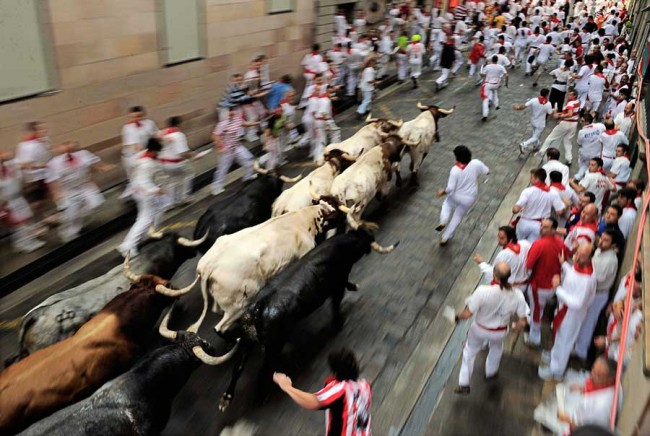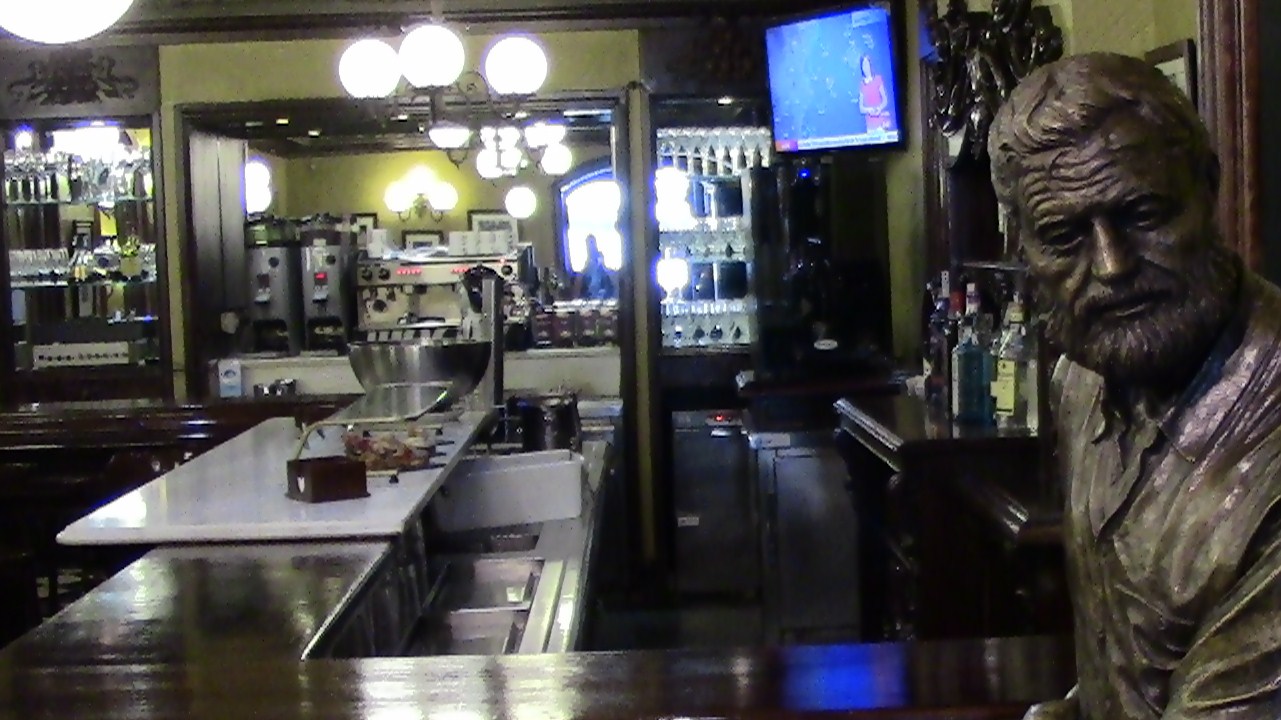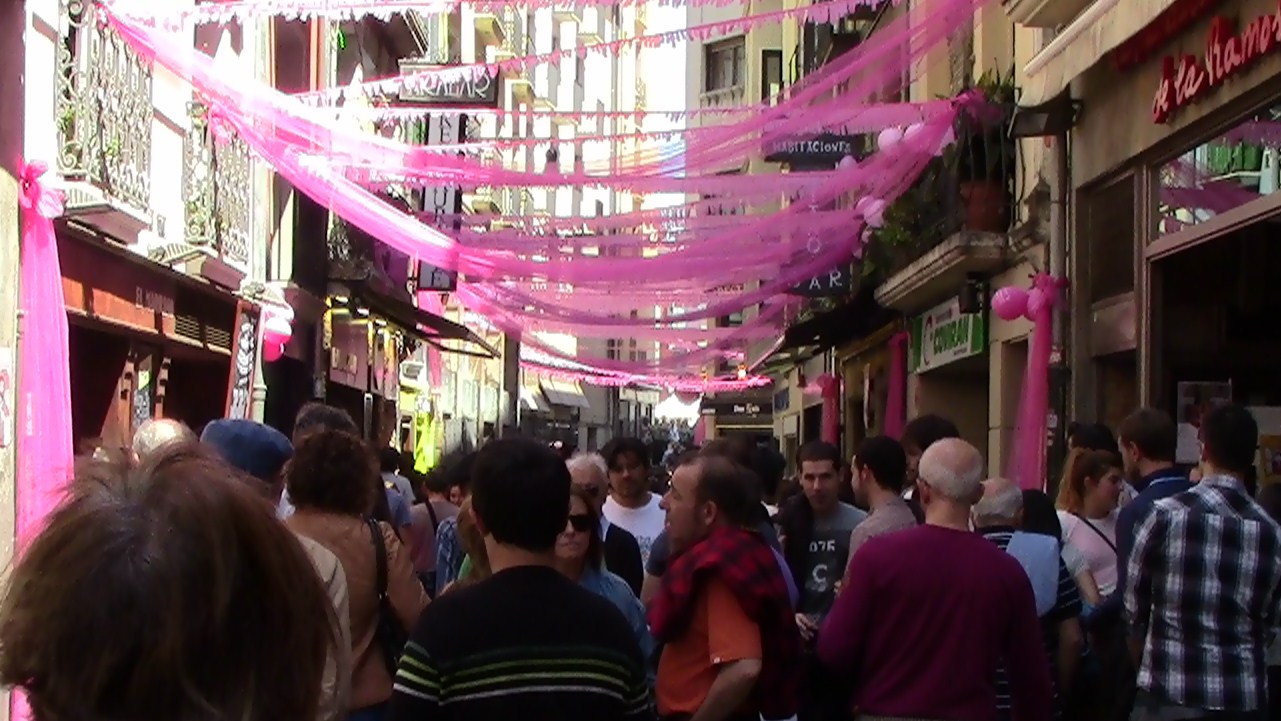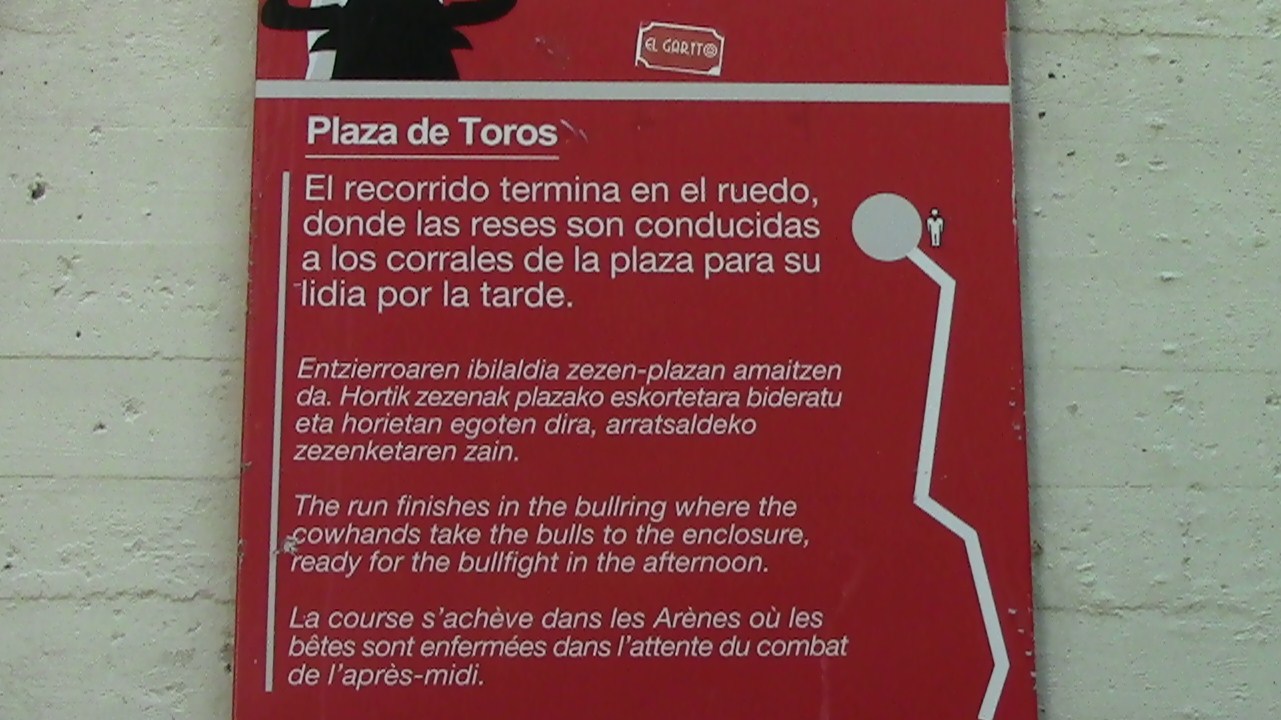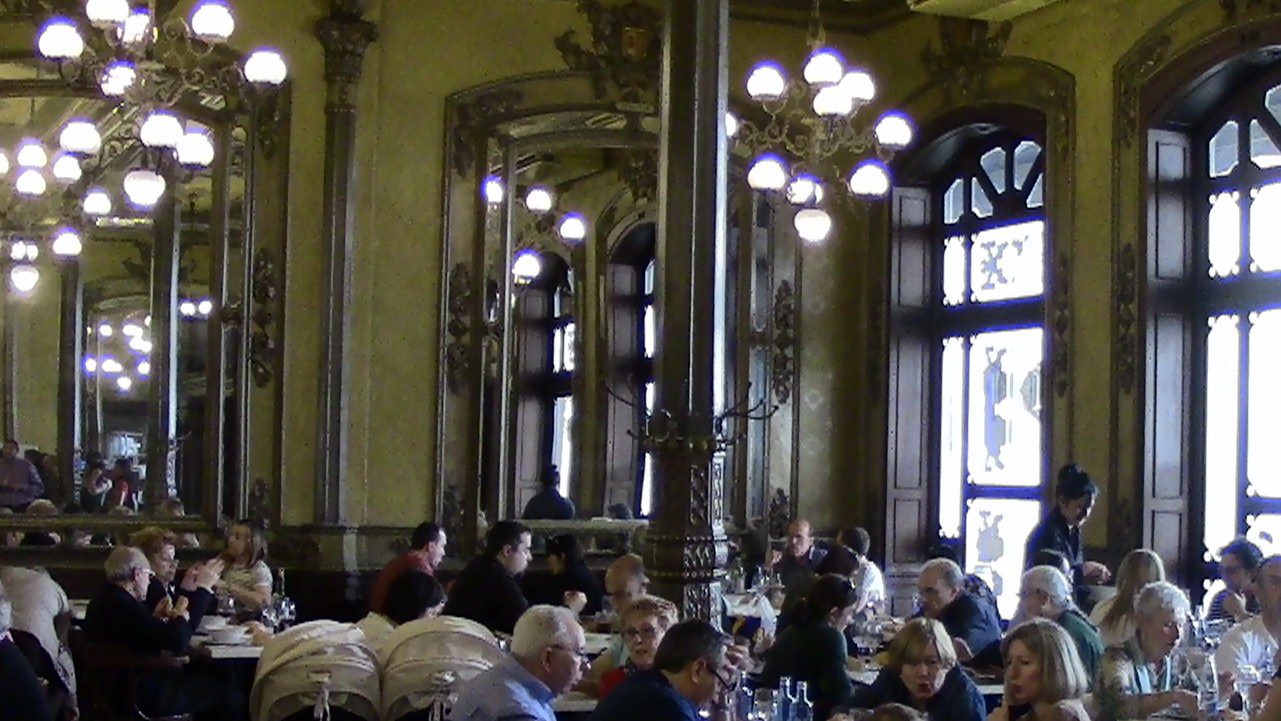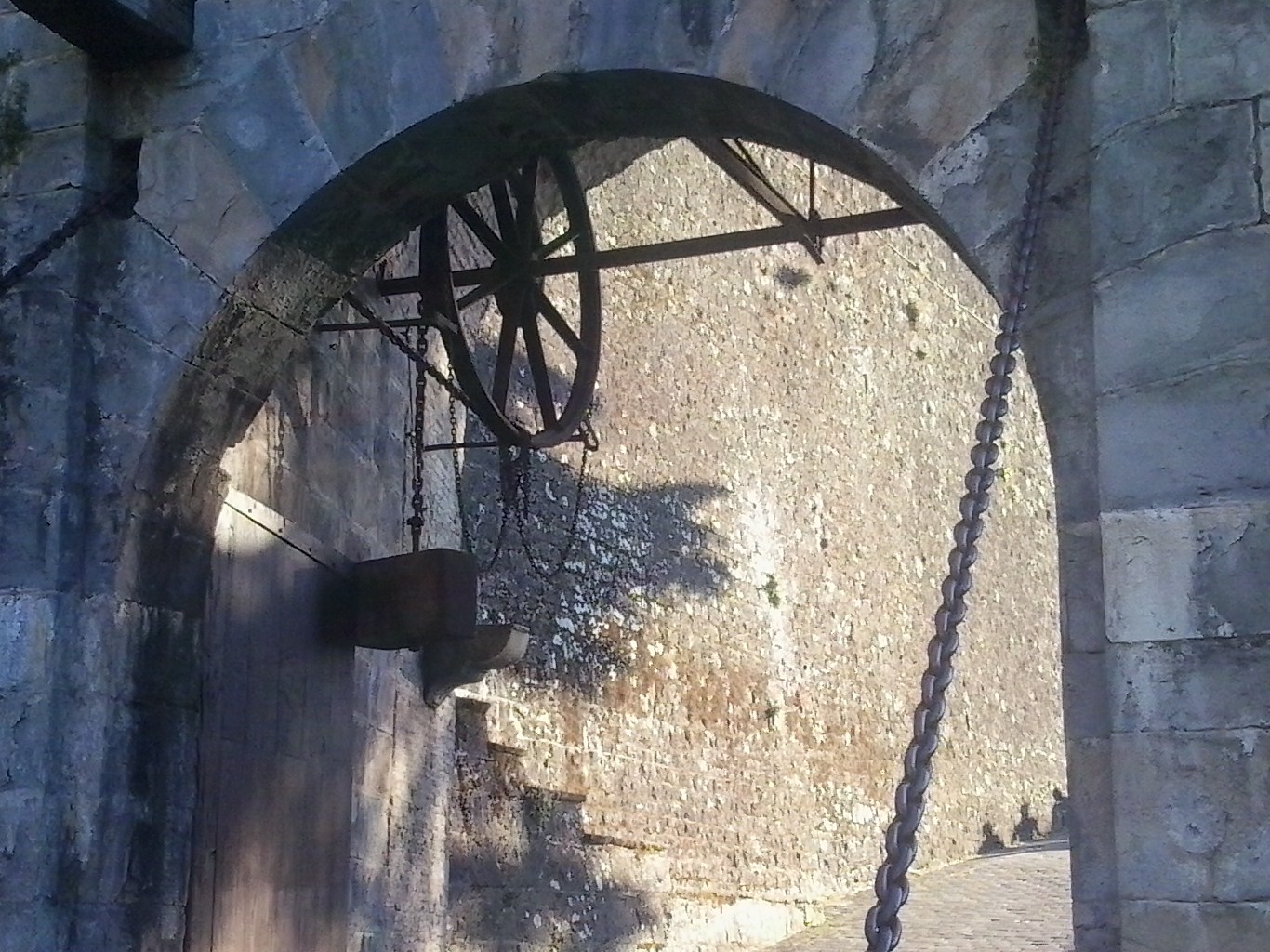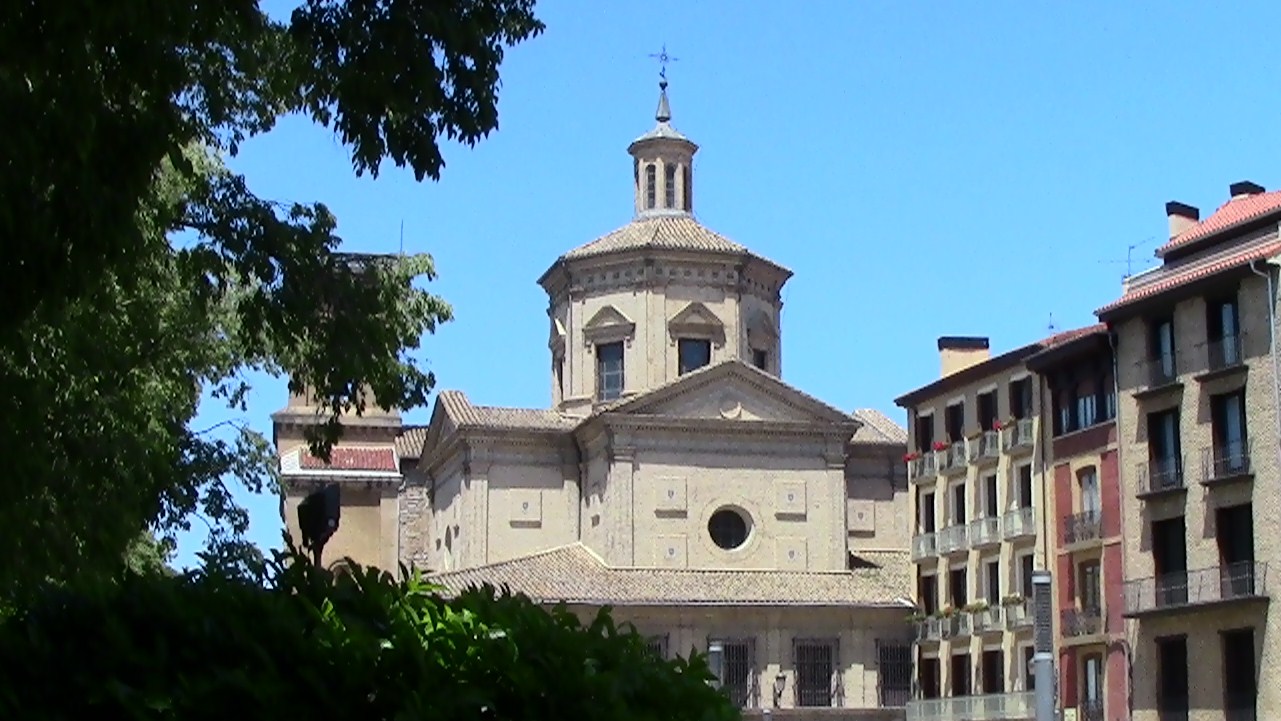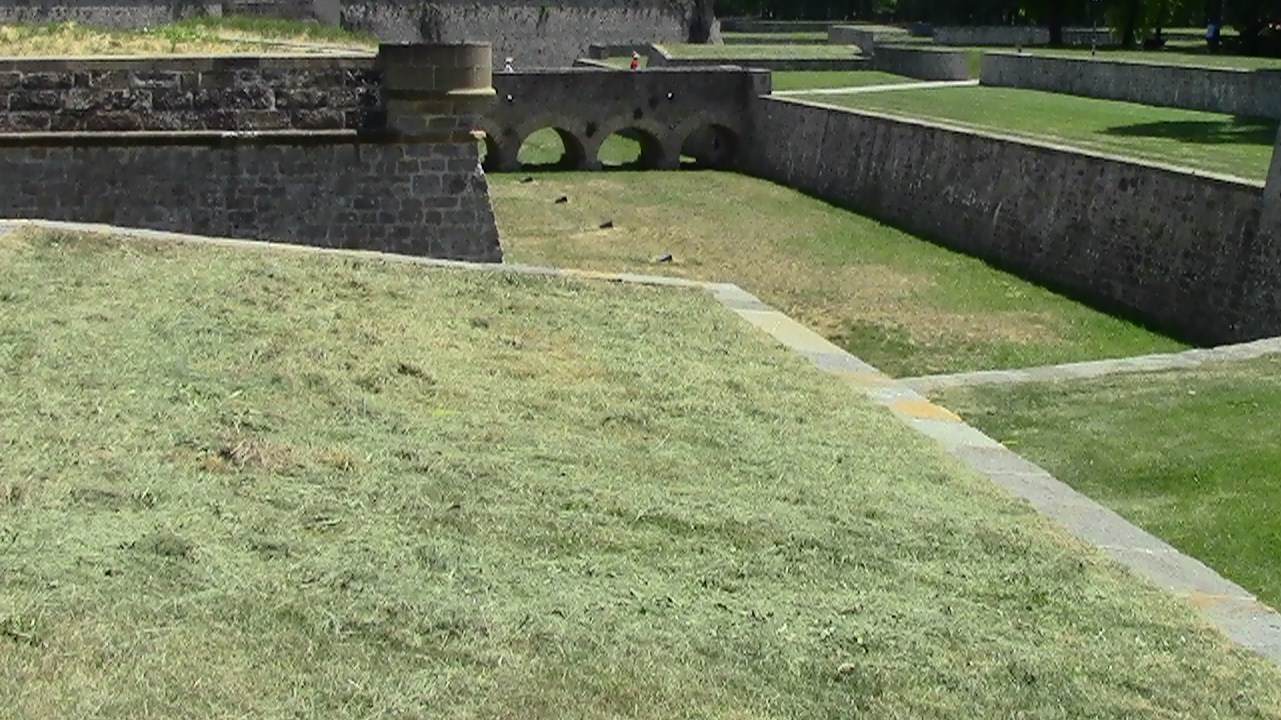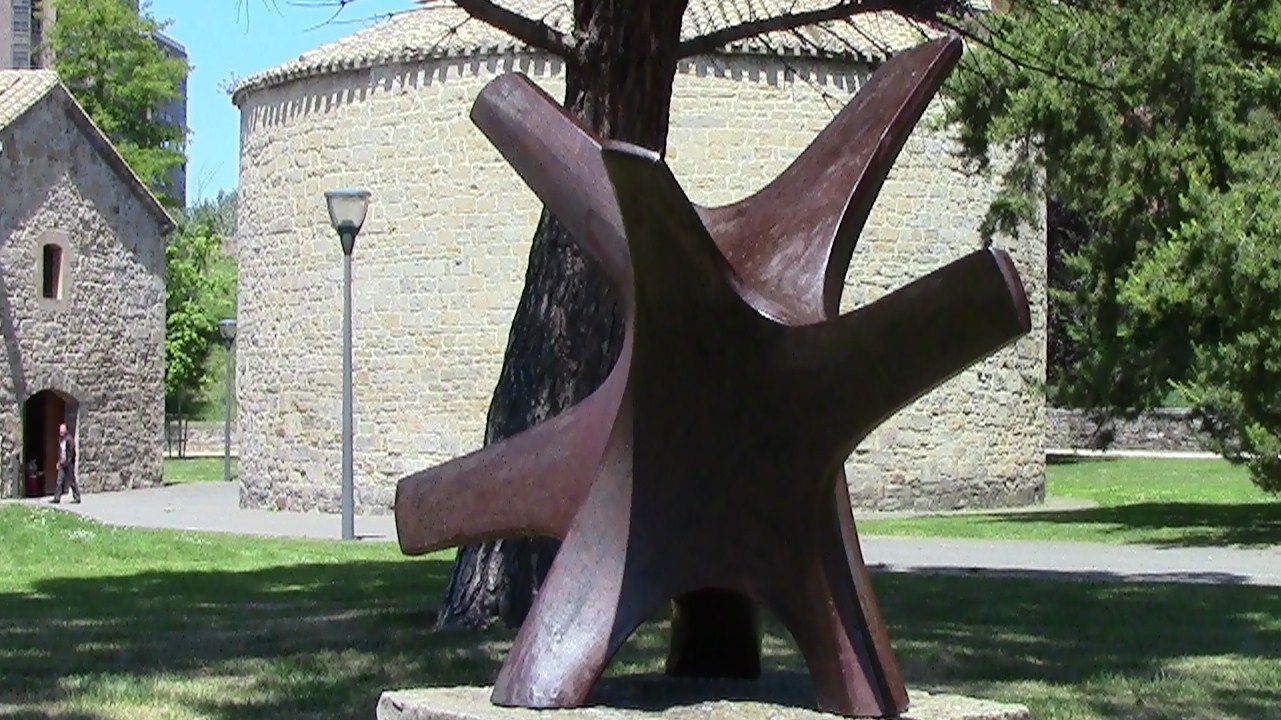A simple word association game with Pamplona likely brings up two – bulls and Hemingway. The running of the bulls (or encierro) is part of the Festival of San Fermín, held every July 6 to 14 in this historical capital city of Navarre, and now famous the world over as either the height of Spanish cultural exuberance or an extreme sport gone mad.
The original idea was for a number of minders to corral six bulls each morning on their way to slaughter that afternoon in the bull ring, and has been turned into the most rugged of art forms since its modest 14th-century beginnings. The route twists along narrow, bar-laden, pedestrian streets, which sees thousands of brave souls running with the bulls from pen to ring, a three-minute race which sets the heart pounding for any who dare to match wits with six angry bulls. Only 15 people have been gored to death in the process in the last 100 years.
The American writer and international carouser Ernest Hemingway enjoyed a love affair with Pamplona, in particular with las fiestas de San Fermín (a.k.a. Sanfermines). He visited nine times, including five straight years from 1923 to 1927 to see and participate in the city’s annual celebrations. Much of Pamplona’s international fame was in fact bestowed by his first novel The Sun Also Rises, published in 1926, as he helped to immortalize what until then was a local Spanish patron party, bravely capturing the fun and frivolity of the new Bohemians in a careless modern world. Interestingly, the Spanish translation is Fiesta.
Hemingway’s last visit was in 1959 to a much changed Franco-ruled Spain. As noted by Chris Leadbeater in The Independent, “The spry Spain of the Twenties” had been replaced by a stifled state where even Hemingway’s books were banned. Leadbeater notes that the changed mood may even have brought upon the dark prelude to his suicide.
If you want to see where Hemmingway hung out during his stays in Pamplona, check out the Cervecería Tropicana in the Plaza del Castillo in the centre of town, site of the Hotel Quintana which Hemmingway fictionalised as the Hotel Montoya in The Sun Also Rises, and where he (as narrator Jake Barnes), Barnes’s friends, and the matadors stay. On the main plaza, you will also find Bar Txoko, Café Iruña, and the Gran Hotel La Perla, where one can even visit the room he stayed in, number 217, if you’re a fan. You can almost hear the master remonstrating and the bulls trampling by in the nearby calle Estafeta.
But it’s not all bulls and American fun and frivolity. Pamplona (or Iruña in euskera) is a proud ancient town of almost 200,000 people, situated on the bank of the Arga, a tributary of the Ebro, and surrounded by a number of impressive fortifications. Less than 100 km south-west of the French border, Pamplona is within an easy drive of San Sebastián, Bilbao, Logroño, and the Pyrenees, and is the first major stop on a pilgrim’s progress from Saint-Jean-Pied-de-Port in France or Roncesvalles in Spain to Santiago de Compostela along the famous Camino de Santiago. You’ll see plenty of peregrinos passing by or partaking of the good food and good company that abounds.
Pintxos are essential in the evening, and one can sample many delights on all sides of the main square. I recommend a Frito de Pimiento in Bar Fitero followed by a scrumptious Foie in Bar Gaucho, both just off the main bull run of calle Estafeta. My favourite was a Calabacín con Queso de Cabra a la Plancha con Dulce de Membrillo in Bar Otano, a short stroll away on calle San Nicolás. Be sure to go for an afternoon meal to build up your strength in the Café Iruña, with its exquisite throwback interior and five-star meal at a pilgrim’s price.
One will find plenty of memorable sites as one ambles through the tranquil city centre. Look for the cathedral and any of a number of smaller churches, including the subterranean Iglesia de Santo Domingo near the start of the bull run. A little further afoot is the Portal de Francia or French Gate, complete with a drawbridge used only on January the 5th to allow the Three Wise Men on camels to pass, and el Rincón del Caballo Blanco with its serene mountain vista, site of yet another fun-filled fiesta. On a sunny day, everyone is outside drinking and talking.
But if it’s bulls and bravado you want, it’s easy to walk the complete encierro from the bull pen at the start to the Plaza de Torros, stopping as much as you like for pintxos and refreshments along the way. Pamplona’s bull ring is the third largest in the world, after Mexico City and Madrid, and seats almost 20,000.
A short walk from the city centre is the Vuelta del Castillo, a massive city centre green space with impressive, five-sided, 16th-century fort, the Ciudadela, Pamplona’s major fortification against the winds of European wars, complete with bastions, casements, and ravelins. The sculptures are a bit brutal, and could do with a massive make-over in keeping with Pamplona’s modern grandeur, despite two impressive pieces by famed Basque sculptor Eduardo Chillida.
Pamplona is much changed since a young American writer first fell in love almost 100 years ago, though as Hemmingway himself noted about his adopted party town: “I found that if you took a drink that it got very much the same as it always was.” Indeed, fun and frivolity, in a vibrant modern city full of timeless charm. Bulls, bravado, and the proud beauty that is Pamplona.
Muchísimas gracias a nuestros fabulosos guías, la pamplonica Isabel y su rey Fernando.
Down below the narrow street was empty. All the balconies were crowded with people. Suddenly a crowd came down the street. They were all running, packed close together. They passed along and up the street toward the bull-ring and behind them came more men running faster, and then some stragglers who were really running. Behind them was a little bare space, and then the bulls galloping, tossing their heads up and down. It all went out of sight around the corner. One man fell, rolled to the gutter, and lay quiet. But the bulls went right on and did not notice him. They were all running together.
After they went out of sight a great roar came from the bull-ring. It kept on. Then finally the pop of the rocket that meant the bulls had gotten through the people in the ring and into the corrals. I went back in the room and got into bed. I had been standing on the stone balcony in bare feet. I knew our crowd must have all been out at the bull-ring. Back in bed, I went to sleep.
– Ernest Hemmingway, The Sun Also Rises

